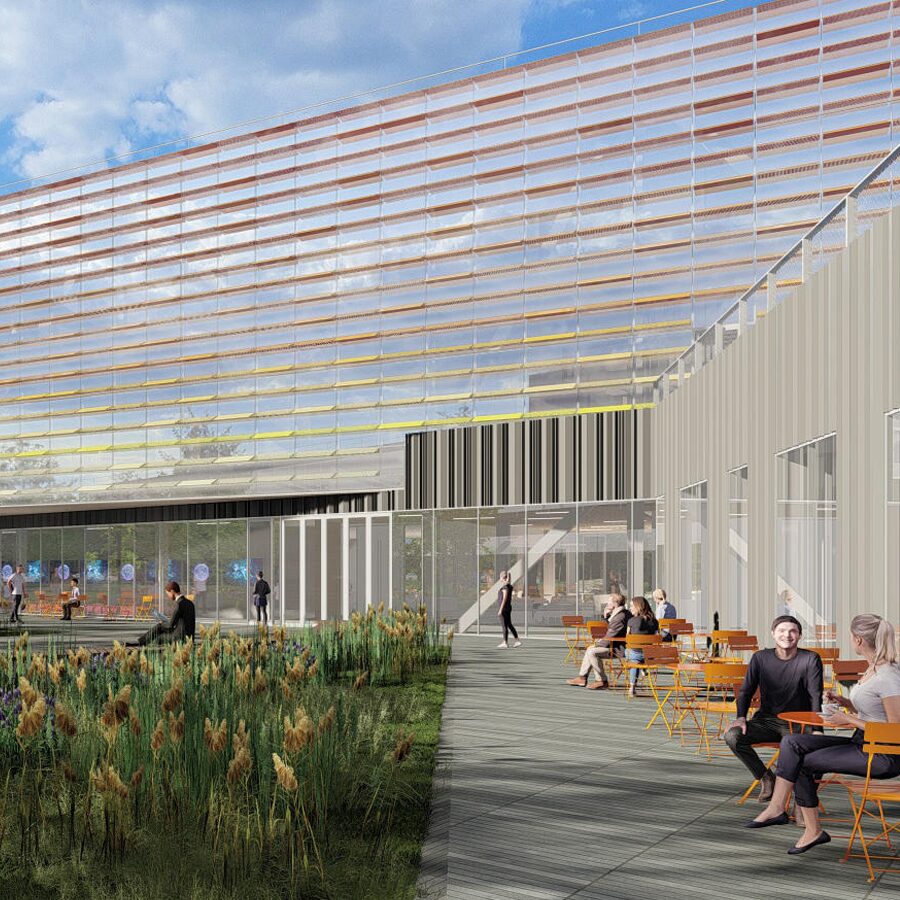Using Technology to Enhance Research Collaboration Across the Globe
Changing the Collaborative Research Experience | November 22, 2024
With the rise of remote work and video conference technology, active collaboration throughout the research process is accessible no matter where your peers are in the world.
Exploring ideas with other people provides a sounding board that was formerly unavailable, introducing new thought patterns and solutions to everyone’s repertoire.
Global collaboration enables the sharing of resources which leads to more progress and eventual solutions. This also opens the door for joint research grants and shared funding between organizations.
Because of this, research institutions are implementing the technology needed to easily collaborate into their existing facilities.
Video walls and large displays allow collaborators to feel immersed in conference calls and presentations. Interactive virtual whiteboards are also utilized during research which allows remote participants to feel more involved in the research process.
Additionally, high-quality microphones and speakers are imperative to a great conference room – great research can only come from great communication.

Johns Hopkins University’s recently opened Bloomberg Center brings together the brightest minds in policy, business, academics, and nonprofits to find solutions to global challenges.
Located in the heart of Washington D.C. the Center opens its doors to global politics, inviting public servants and government innovators around the world to attend conferences, discussions, and brainstorming sessions.
When designing the building, measures were taken to ensure that the technology designed in the building allows for ease between user and technology, enabling anyone to best utilize the spaces.
The technology inside of conference and meeting rooms in the Bloomberg Center is impressive, but the Media Suite in the basement takes it to a new level. The Suite features a live-broadcast news studio which allows key representatives to live-call into every major news studio.
The idea of open-source collaboration is engrained in all programs within the Center, offering world-class academic experiences grounded in real-time collaboration and discovery. This approach to research and learning pushes students to cultivate the skills they need to lead communities, corporations, countries, and each other.
Alongside the Bloomberg Center, Johns Hopkins is building a brand new facility for the Bloomberg School of Public Health, the first institution of its kind worldwide. In the past research facilitated by JHU has eradicated smallpox, made water safe to drink, uncovered the dangers of tobacco, and contained the spread of HIV.
The possibilities are endless for what students and researchers are able to produce through global collaboration.
The Bloomberg School of Public Health is actively leading advances against global public health threats through the use of global collaborative research. With continuous work being done in more than 100 countries, diseases like malaria, polio, and HIV have been reduced or offered solutions through the school’s work.
Continuous collaboration with partners overseas has had tremendous impacts on the speed and quality of research the school has done in the past decades.
Johns Hopkins University is the recipient of more research grants than any other school of public health, allowing them to explore some of the biggest public health challenges of our time.
Epidemics, health equity, gun violence, and mental health are just the tip of the iceberg for JHU.
Moving away from higher education based research, we must consider more corporate research institutions.
The United States Department of Energy is in the process of constructing a brand new Plasma Innovation Laboratory on Princeton University’s Forrestral campus.
This state-of-the-art facility will serve as an international hub of fusion research and will support new research in microelectronics, quantum sensors and devices, and sustainability sciences.
The Plasma Innovation Center will have several remote accessible laboratories to allow for collaboration with international research partners including the international ITER in France, the Wendelstein 7-X in Germany and the KSTAR in Korea.
The Remote Visualization room gives researchers the opportunity to actively share their ongoing research and imagine new solutions to ongoing problems.

The laboratory wing of the building includes laboratories for microelectronics research, remote collaboration space and a state-of-the-art visualization room to allow PPPL scientists to lead and participate in experiments around the world.
The Plasma Innovation Center is part of a larger transformation of the Plasma Laboratory Campus and reflects the PPPL’s mission as a laboratory of the future, continuing to develop fusion energy while also developing new plasma-based technologies for generations to come.
Research organizations are actively solving some of the world’s biggest problems, working to advance humanity on a global scale.
The introduction of global collaboration has been an invaluable asset to the research process, allowing natives of key locations to provide insight to researchers that they wouldn’t otherwise be able to attain.
For more insights on design innovation in the STEM world, check out our article on Sustainable Healthcare with AI & Robotics.





